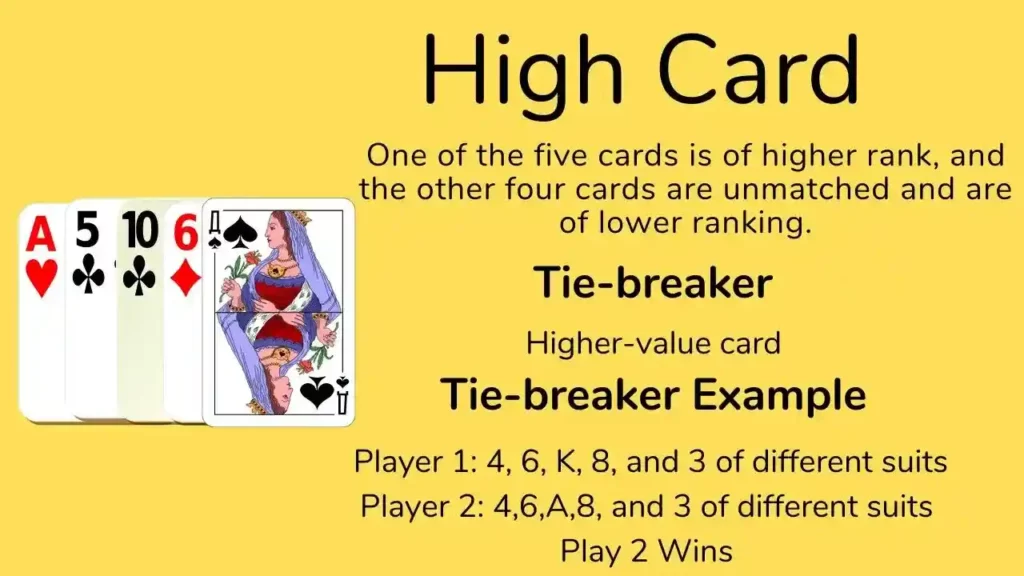Poker, a card game that has caught the interest of millions worldwide, is typically lauded as a game of skill, strategy, and psychological insight. Understanding the core aspects of a superb poker sequence is critical whether you’re a seasoned player or a newbie wanting to improve your game. In this complete book, we’ll look at the fundamental components of a good Poker Sequence, from pre-flop decisions to post-river moves.
What is a Poker game?
A popular card game that blends skill, strategy, and chance is poker. Poker is played in various styles, the most prominent of which are Texas Hold’em and Omaha. Players compete to generate the best hand or force opponents to fold. Each participant receives a deck of private cards, while the communal cards are exposed in phases. Between card reveals, betting rounds take place, allowing players to strategize based on their hand strength and the unfolding scenario.
Starting Hand Selection: A good Poker games sequence begins with the correct beginning hand. Novice players sometimes make the expensive mistake of playing too many hands. Successful players, on the other hand, choose their opening hands with discipline, taking into account aspects like location, table dynamics, and opponent patterns. It is impossible to stress the significance of understanding hand rankings and knowing when to fold.
Positional Awareness: Positional awareness is essential in poker strategy. Being in a late position helps players obtain crucial knowledge about the activities of their opponents before making judgments. Skilled players take advantage of their position by playing more hands in late situations and being more cautious in early ones. Understanding how to use position to manage the game’s flow is essential for developing a solid poker sequence.
Bet Sizing: The art of bet size is a finely tuned ability that distinguishes exceptional players from others. A well-timed and correctly sized bet can maximize the value of a firm hand or push opponents to make expensive errors. Players must adjust their stake levels depending on the hand’s stage, the board’s texture, and their opponent’s playing style. Understanding the psychology of bet size is essential for keeping opponents guessing and holding control of the pot.
Reading Opponents: Poker is more than a card game; it’s a people’s game. A successful poker sequence necessitates acute observation and the ability to read opponents. Understanding betting trends, finding deviations from regular behavior, and predicting when an opponent is likely to bluff are all abilities that may help a player improve their game. A delicate mix of logic and intuition is essential to comprehend the unwritten language at the poker table.
Adaptability: Poker is a dynamic game that requires reacting to changing situations. Strong players don’t stick to a particular strategy; instead, they adapt to opponents, table dynamics, and the ebb and flow of the game. Strategy Flexibility helps players exploit opponents’ flaws and handle difficult circumstances with elegance.
Hand Reading: Hand reading is the ability to predict an opponent’s potential holdings based on their actions during a hand. It entails studying betting patterns, considering the communal cards, and comprehending the range of hands an opponent might play in a particular position. Hand-reading skills let players judge whether to fold, call, or raise. It’s a talent that improves a player’s comprehension of the game and ability to make intelligent decisions.
Bluffing and Deception: Bluffing is a two-edged blade in poker; the best players know when to use it. A well-timed bluff can win a pot without requiring a showdown, while reckless bluffing might result in tragedy. The goal is to grasp the hand dynamics of opponents’ habits and to project a consistent and convincing table image. Mastering managed risk through strategic bluffing is critical in building an excellent poker sequence.
Conclusion:
A powerful sequence in poker is weaved from a combination of intelligent decision-making, psychological insight, and strategic brilliance. Every aspect of a player’s success, from the cautious selection of opening hands to managing risk in bluffing, is important. By developing these essential aspects, ambitious poker players may begin on a path to expertise, navigating the games.






